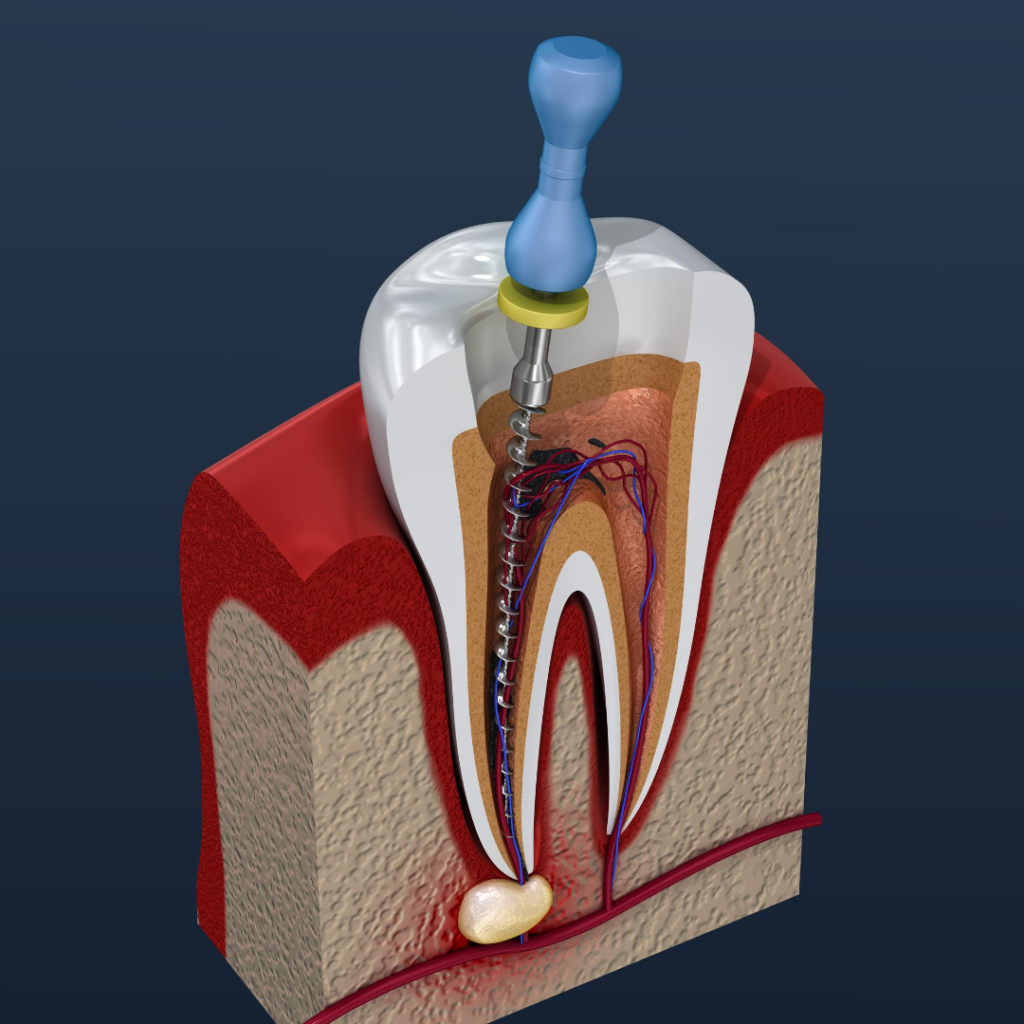Introduction
When cavities get too large, your dentist may tell you that you need a root canal or two. The phrase can be intimidating but we’re here to alleviate that and help you understand what getting a root canal exactly means. Millions of teeth are treated in this manner every year and the sudden relief you will experience will be well worth the procedure. With all of this said, let’s start below by understanding what you to need a root canal.

Why Do I need a Root Canal?
When cavities get too large, the bacteria that caused the caries will eventually invade the pulp of your tooth. Part of the reason why you’re feeling pain is because your pulp is telling you something is wrong. The diagram down below depicts the progression of cavity/caries. Once your tooth reaches an ICDAS score of 3-4 and up, putting a filling in the area may become questionable for a number of reasons.

Why can’t I just get a filling instead of a root canal?
Imagine that your tooth is a #2 Lead Pencil and there was a cavity that formed on the side of it. Say that this cavity also reached all the way to the lead, which in this analogy represents the pulp of your tooth. If we were to place a filling in that cavity, it would constantly touch the lead (pulp) and keep causing you pain. Why you may ask? Because the pulp is an area filled with numerous blood vessels and nerve endings. Those nerve endings, the same nerve endings telling you right now that your tooth hurts, will keep sending that signal if something foreign like a filling is constantly touching it. It is optimal for your dentist to perform a root canal to remove the pulp and the signals that keep giving you a toothache.
How do I know if I need a root canal?
As mentioned above, when a cavity gets too large you may need a root canal. However, some other causes can include sports injuries, cracked teeth from dental trauma, or swellings growing around the gums. A few other symptoms include:
- Severe pain
- Swollen and tender gums
- Lingering sensitivity to hot or cold
- Pain when chewing and biting

So what exactly happens at a root canal?
Your dentist will begin by giving you numbing jelly around the offending tooth. After four to five minutes, your doctor will then place local anesthetic to numb the area for the duration of the procedure. To protect the rest of your teeth from our root canal procedure, we will then place a rubber dam around the tooth. (Pictured down below).

After the rubber dam is securely placed, the dentist will begin removing the pulp with various instruments. It’s during this procedure most of our patients fall asleep since all they have to do is relax while the dentist and dental assistant work to remove your toothache.
Can I eat or Drink after a Root Canal?
Since the numbing jelly and local anesthetic will last for two to three hours, we generally suggest patients do not drink during that time. It’s especially important that you do not eat or drink hot foods since your mouth will not be able to gauge the temperature of your meal or beverage.

Comments are closed